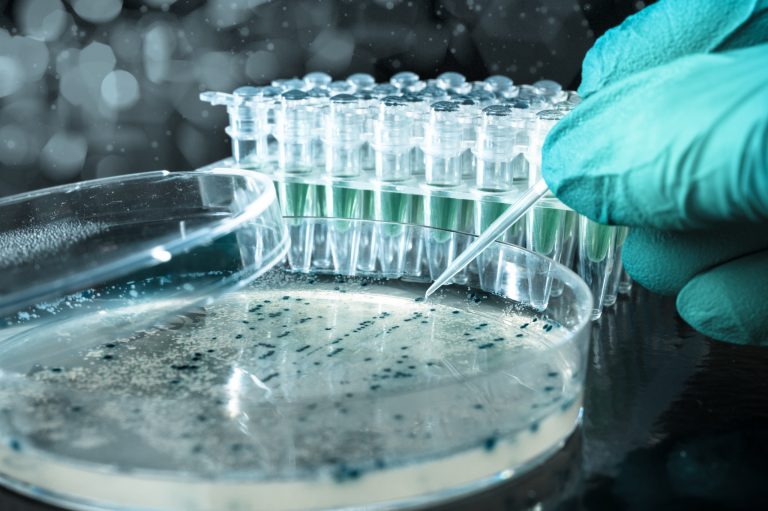
In a ground-breaking study, researchers from Freiburg University, Germany, and Queen Mary University (QMUL), London, have discovered that tiny, one-celled bacteria in fact have the ability to see.
Previous studies have proved that certain types of bacteria are able to survive chilling temperatures and can survive in space for longer than a year, but this new research shows they also possess the ability to act as a microscopic ‘eyeball’, using their entire, single-celled entity to focus light like a tiny camera lens.
In the journal eLife, published on Tuesday, scientists described how this fascinating ability extends far beyond a general sense of where light is coming from, enabling these minute organisms to target an exact spot.

Via eLife.
“The idea that bacteria can see their world in basically the same way that we do is pretty exciting,” said Conrad Mullineaux, Professor of Microbiology at QMUL and lead author of the study.
According to the study, Cyanobacteria, an ancient bacterial organism that forms the pervasive green slime often found on rocks or the surface of water, has the ability to perceive light and achieve photosynthesis.
Using Synechocystis, a species of Cyanobacteria, Mullineaux’s team worked on a microscopic level, projecting lasers at the organisms so they could observe their behaviour and pinpoint exactly how sensitive the tiny creatures are to light.
Bacteria can see like human beings: It has taken scientists over 300 years to finally figure out how bacteria … https://t.co/p5mjfE2CCN
— Deepak kashyap (@KashyapDeepak83) February 10, 2016
Previous studies have demonstrated that certain types of bacteria contain photocensors, allowing them to locate the position of a light source and then move towards it, a process known as phototaxis.
But the new research has uncovered exactly how this particular species of bacteria uses its form as a lens, refracting light off its spherical surface to hone into a point on the opposite side of the cell. Within minutes, the bacterium produces tiny tentacles called pili that reach towards the light source. As the pili attach to the surface, they are then able to retract and pull the organism towards it.
“Spherical cyanobacteria are probably the world’s smallest and oldest example of a camera eye,” said Mullineaux. “Our observation that bacteria are optical objects is pretty obvious with hindsight, but we never thought of it until we saw it.
Experts say bacteria can “see” in same way as humans, by using their bodies as tiny lenses https://t.co/PvHp7svD8U pic.twitter.com/UucbRKVJT0
— Sky News (@SkyNews) February 9, 2016
“And no one else noticed it before either, despite the fact that scientists have been looking at bacteria under microscopes for the last 340 years.”
Image via Shutterstock.
Liked this? Then you’ll love these…
University scientists discover how Leopard Sharks navigate
Scientists from Brown University Discover How Bats Land Upside Down







